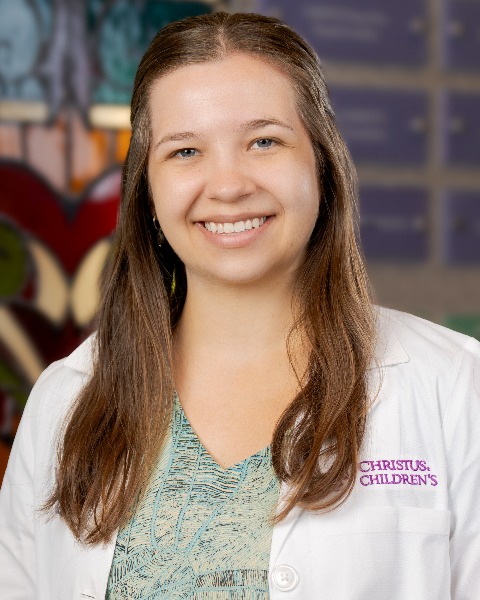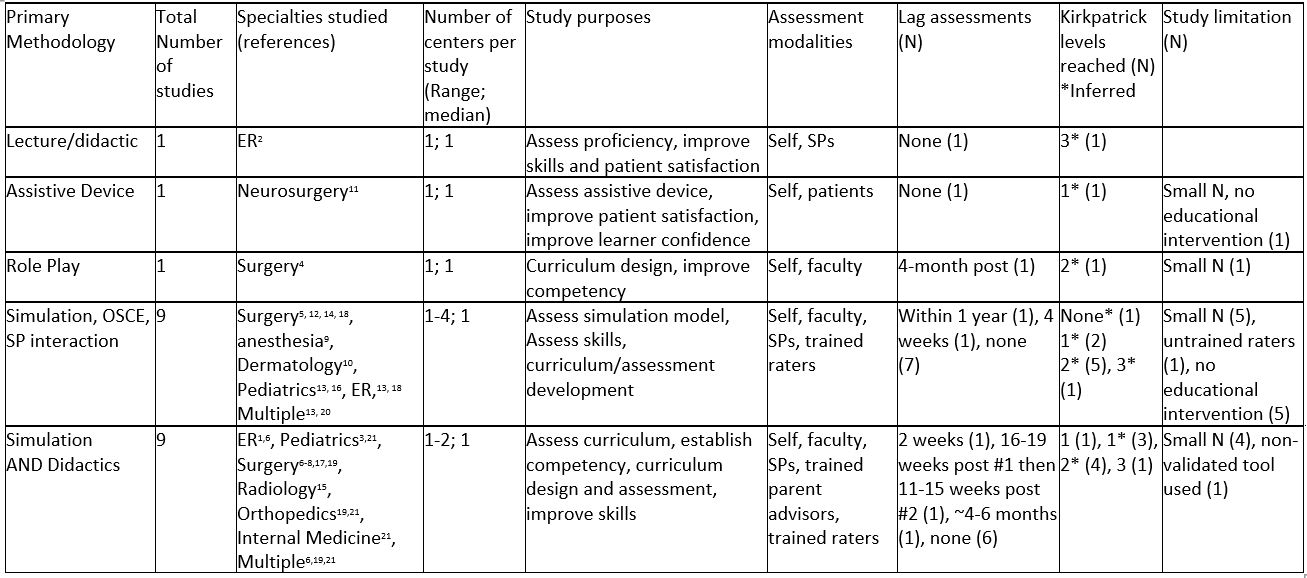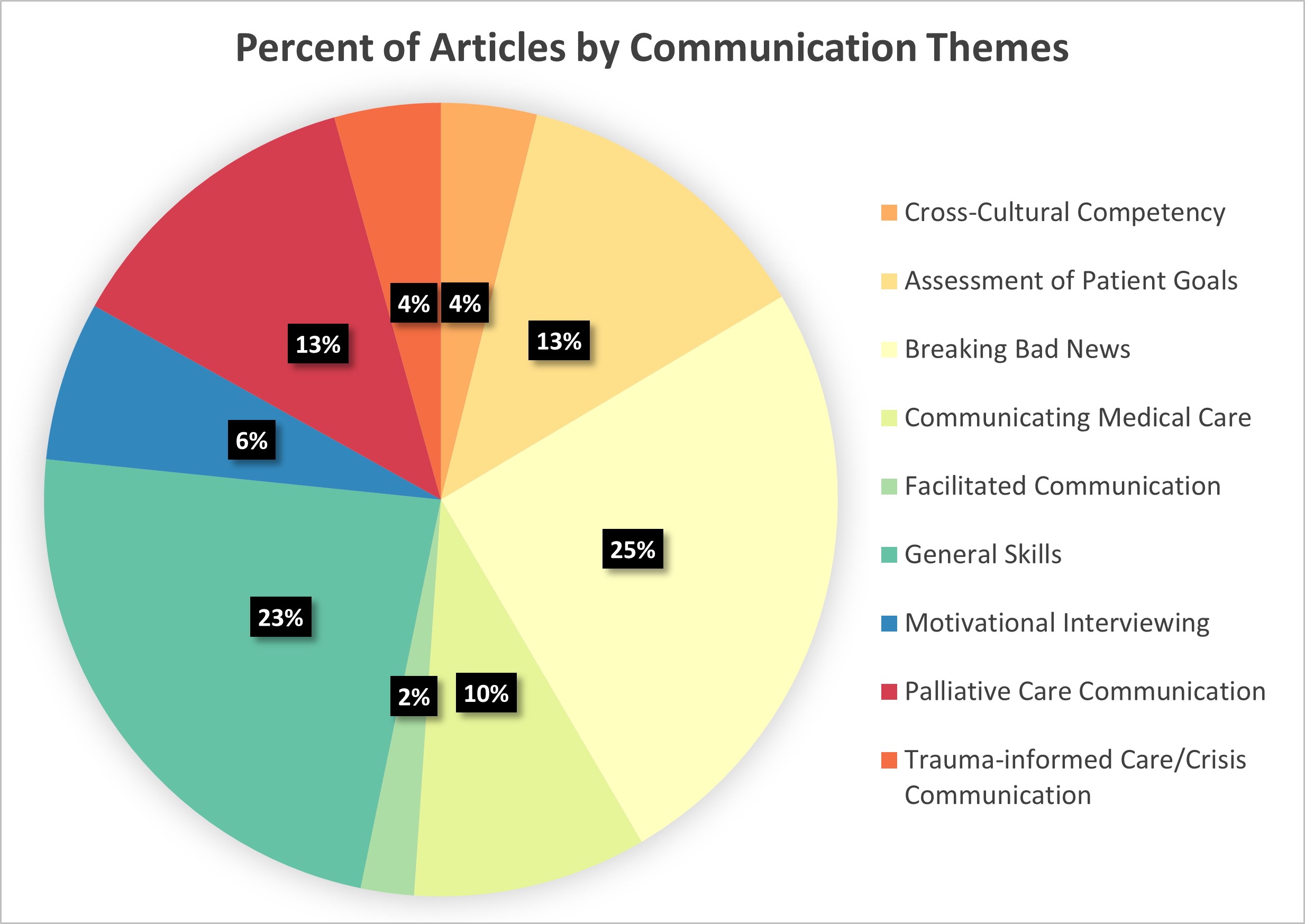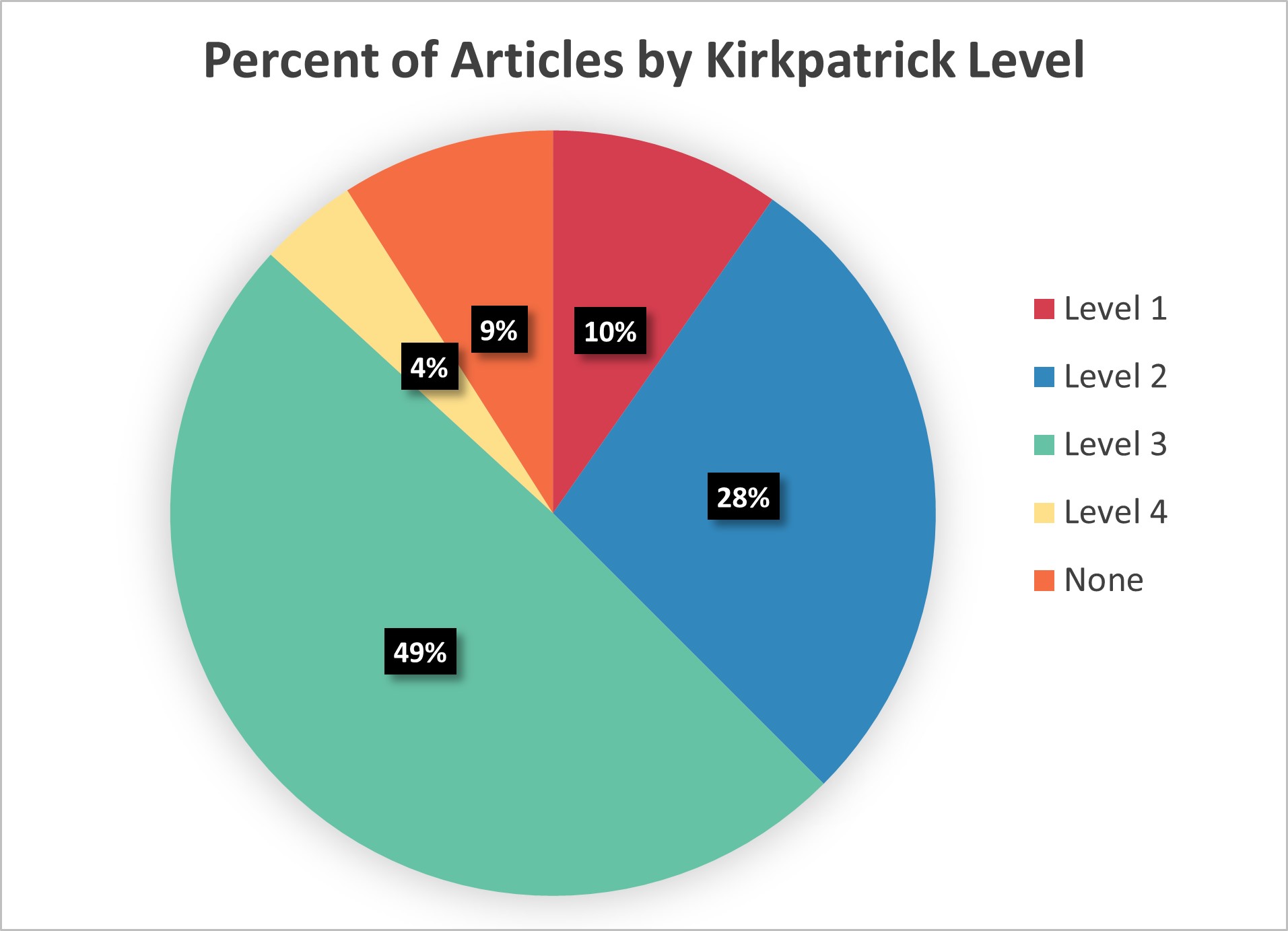Medical Education 1: Curricular innovations and assessment 1
Session: Medical Education 1: Curricular innovations and assessment 1
495 - Teaching Residents Communication Skills: What has Changed in 10 years?
Friday, April 25, 2025
5:30pm - 7:45pm HST
Publication Number: 495.6715
Victoria a. Krieg, Baylor College of Medicine, San Antonio, TX, United States; Dr Larrie Greenberg, Children's National Health System, potomac, MD, United States; Adam Wolfe, Baylor College of Medicine, San Antonio, TX, United States

Victoria a. Krieg, DO (she/her/hers)
Fellow
Baylor College of Medicine
San Antonio, Texas, United States
Presenting Author(s)
Background: The implementation of competency-based medical education (CBME) to residency training utilizing Milestones and now Entrustable Professional Activities (EPAs) has highlighted the importance of communication skills for residents in every specialty. As a result, residency programs have worked to develop, implement, and study various curricula to improve residents’ skills in communication with patients. This has led to a proliferation of literature published on these curricula and educational interventions. The authors reviewed available literature published in North America over the last ten years focused on educational interventions to improve resident communication skills.
Objective: Summarize common themes, categorize methods utilized for educational interventions, highlight the impact of the studies using the New World Kirkpatrick Model, and discuss future directions for teaching communication skills to residents.
Design/Methods: This literature review was conducted as an update to an original review of this topic published in 2014. An initial systematic-review style search was conducted using two databases, PubMed and Scopus. Included articles were those published in North America using the English language since 2014. Articles were excluded if they were not specific to resident-to-patient communication. Articles were “tagged” for themes of communication education, divided into thematic categories, and evaluated based on various qualities.
Results: The search initially yielded 5037 unique abstracts and after review, 198 articles met inclusion criteria. Represented themes included breaking bad news and assessment of patient goals. 30% of the studies included Pediatric residents. Simulation, often involving standardized patients, was the most selected methodology, utilized in 56% of studies. Few studies reported using the New World Kirkpatrick Model to describe the impact of their study, and only 4% of studies reached the highest Kirkpatrick level by our evaluation. 20% of studies included a lag assessment. Few studies incorporated Milestones, and no studies discussed the use of EPAs.
Conclusion(s): Over ten years, there has been a considerable increase in the literature published about teaching communication skills to residents across specialties. Review of this robust literature demonstrates that future studies should focus on achieving higher impact on patient care and demonstrating longevity of skills. Furthermore, residency programs should begin incorporating Milestones and EPAs into their curriculum and assessment of skills, as these are the cornerstones of CBME and ultimately, physician certification.
Table 1. "Communicating Medical Care" Table
 Example table demonstrating categorization of various qualities of articles in a thematic category; “communicating medical care” theme displayed here.
Example table demonstrating categorization of various qualities of articles in a thematic category; “communicating medical care” theme displayed here. Figure 1. Percent of Articles by Communication Themes
 Pie chart showing percent distribution of articles according to each thematic category.
Pie chart showing percent distribution of articles according to each thematic category.Figure 2. Percent of Articles by Kirkpatrick Level
 Pie chart demonstrating percent distribution of articles in each level of impact according the The New World Kirkpatrick Model.
Pie chart demonstrating percent distribution of articles in each level of impact according the The New World Kirkpatrick Model.
